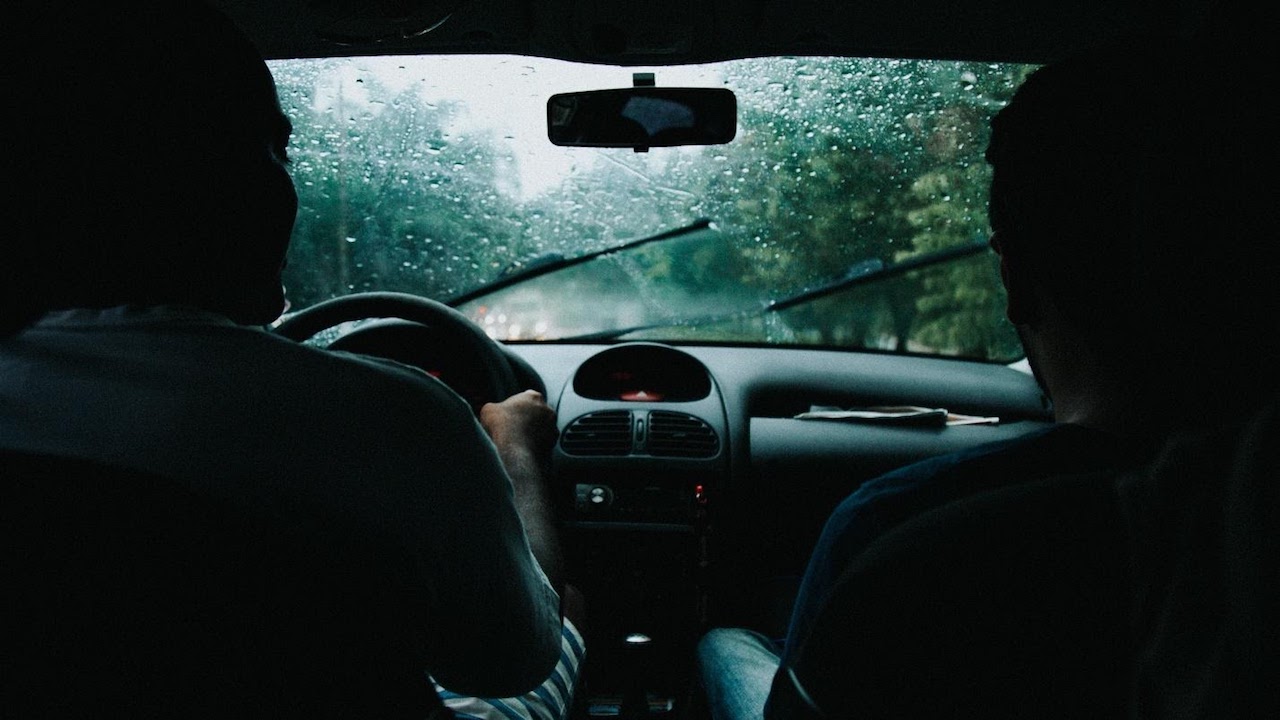Freezing rain and sleet are among the most dangerous weather conditions for driving. It’s common to experience a spectrum of mixed precipitation during the winter, so it’s important to be prepared for it. There may be a bit of anxiety with the idea of encountering some of the worst scenarios, so now is the time to brush up on how you can handle them on the spot.
Before heading out, equip yourself with the knowledge that you have the best and most affordable car insurance available. If there have been any changes in your life, review your policy as it might require modifications due to these changes. Considerations include:
- Your age
- Your driving record
- Anti-theft devices on your vehicle
- Career changes
- Commute time
Once you are properly covered and have the necessary requirements to safely operate the vehicle, we are ready to explore how to stay safe in inclement weather.
Driving in Sleet and Freezing Rain
It seems counterintuitive, that the temperature can be above freezing, and yet, freezing rain is falling. This is because precipitation must fall through several layers in the air, which can all have different temperatures. Plus, if the ground temperature is below freezing, once the rain hits the ground, it will freeze up.
Advertisement
Content in this Article
It may come as a surprise to drivers that rain is falling on their windshield but there is ice beneath the tires. In these cases, it’s smart to check the weather apps and see if they are calling for freezing rain. You may also see the pavement in front of you appear like glass, which is the ice.
Be sure to drive slower than you normally would, and take your time. Be patient with other drivers and yourself in getting where you need to go. Keep a generous distance between you and other drivers, and remember that if you start spinning out on ice, don’t slam on the brakes. It’s best to not panic, take your foot off the accelerator, and keep the steering wheel going straight (where it was going before you hit the ice).
Make the attempt to heat up your car before you start driving it. This will allow the windshield to be consistently defrosted, and will prevent the buildup of ice that could severely hinder your visibility.
Driving on Black Ice
There is nothing different about black ice and regular ice. They are both ice. Black ice is named as such because it is so thin you can see the black pavement through it. Due to its transparency, it is nearly impossible to detect, so knowing where “black” ice forms is your best way to prepare. Ice forms when rain or snow falls, and temperatures plummet. When this happens, tires can’t grip the road, and brakes won’t work properly. Driving over black ice can cause a vehicle to spin out of control, creating a high risk factor for an accident.
Common locations that are prone to black ice include overpasses, bridges, and places on the roadway that are shaded by various objects like buildings or trees. Bridges and underpasses tend to ice over because there is no ground beneath them to warm them up. Shaded areas become icy because they receive little to no sunlight or warmth during the day.
Just as in the case with freezing rain, drive slower in these conditions, and if you hit a patch of black ice, don’t panic. Instead, allow the vehicle to ‘glide’ over the patch (which likely isn’t too large) while steering it in the direction you were going before.
Driving in Rain
Driving in torrential rain and/or a thunderstorm can wreak havoc on the nerves. At times, the rate of rainfall may be too much for even the highest windshield wiper setting, leaving the driver unable to see in front of them.
The best way to drive through this kind of weather is to avoid it if at all possible. Be alert for incoming rainy weather and decide if you can wait until the weather improves. If not, always turn on your headlights on so that you are as visible as possible to other drivers. Take things more slowly, there may be standing water on the roadway creating the opportunity for hydroplaning. If you do find yourself hydroplaning, don’t brake suddenly and don’t step on the gas.
If you have anti-lock brakes, brake normally and if you don’t, lightly pump on the pedal to brake or slow down. You will be able to feel when the car’s tires grip the roadway again. Take a minute or two to take a few deep breaths and calm down.
Winter brings with it a variety of precipitation, so it’s important to be prepared for any of them. Before setting out for any kind of travel, be sure that your vehicle is in good working order, and that you’re satisfied with your insurance coverage in the event of accident or injury.

